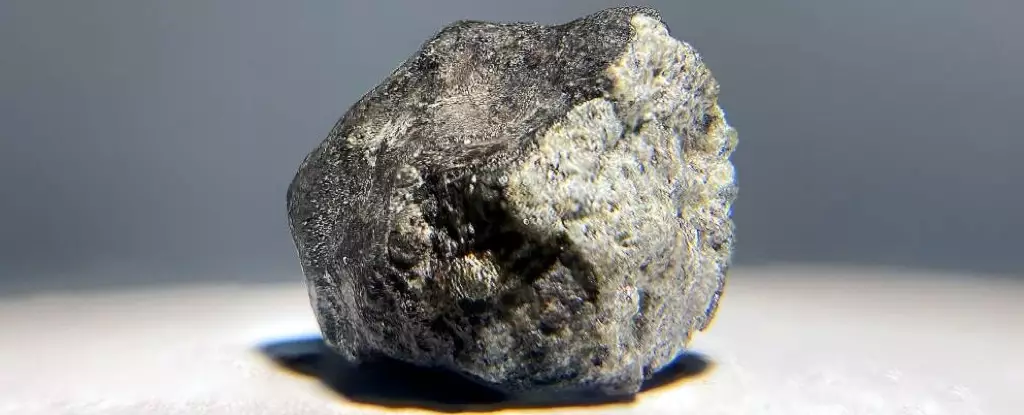Meteorites, the remnants of celestial bodies, offer scientists a unique glimpse into the origins and evolution of our Solar System. Every falling meteorite represents not just a fragment of rock but also a narrative about the cosmic history that shaped it. Until recently, only a limited number of meteorites could be traced back to their parent bodies in space, leaving a significant portion of these interstellar travelers shrouded in mystery. However, recent research led by a collaborative effort among esteemed institutions, including the French National Centre for Scientific Research, the European Southern Observatory, and Charles University in the Czech Republic, has unveiled compelling origin stories for a staggering 90 percent of meteorites that reach Earth.
The cornerstone of these groundbreaking studies revolves around the analysis of H (high iron) and L (low iron) chondrites. Representing roughly 70 percent of meteorites, these chondrites are characterized by their unique structure composed of small, spherical particles known as chondrules, formed through the rapid cooling of molten rock. The research teams undertook a meticulous examination not only of the chemical and physical properties of these meteorites but also of their cosmic journey before impacting our planet.
Through advanced spectroscopy and isotopic analysis, the researchers were able to link these chondrites to three distinct asteroid families—Massalia, Karin, and Koronis—their origins traced to the main asteroid belt situated between Mars and Jupiter. This correlation provides an intriguing backdrop for understanding how meteorites arrive on Earth, moving beyond random occurrences to a more interconnected cosmic narrative.
One of the remarkable outcomes of this research is the establishment of timelines concerning significant collision events within these asteroid families. The Massalia family stood out with catastrophic collisions occurring approximately 466 million and 40 million years ago, providing substantial evidence for the theory that various meteorites previously classified as unrelated can actually share common ancestry. Similarly, the Karin and Koronis families experienced notable collisions around 5.8 and 7.6 million years ago, respectively.
These events have critical implications for understanding the life cycle of asteroid families. When asteroids collide, they produce an array of smaller fragments that can become meteoroids. This cascade effect of collisions boosts the probability of these fragments eventually entering Earth’s atmosphere, dramatically increasing the chances of meteorite falls in more recent geological periods. Consequently, the current influx of meteorites can be seen as an echo of ancient cosmic disruptions.
While the focus on H and L chondrites provides a solid foundation, the research initiative did not stop there. The teams sought to encompass a broader scope by including less common meteorite types, which brought the total percentage of accounted-for meteorites to over 90 percent. Through exploring meteorites belonging to additional families such as Veritas, Polana, and Eos, the scope of our understanding expanded markedly.
This information not only enhances our knowledge of meteorite origins but also has profound implications for the study of Solar System evolution. Understanding the different formations and trajectories of meteorites can illuminate the processes that shaped planetary bodies over millions of years, including Earth.
As scientists strive to account for every meteorite type, the determination to broaden this field of research will undoubtedly yield richer insights into the Solar System’s history. Future explorations may involve more sophisticated technologies and methodologies that can further unravel the complexities of meteoritic bodies and their connections within the solar framework.
In a broader context, this research signals a pivotal shift in our understanding of the night sky, transforming meteorites from mere celestial curiosities into comprehensive narratives of cosmic history. As these studies continue to unfold, we can anticipate not only a greater understanding of the meteorites that fall to our planet but also an enriched comprehension of our own planet’s place within the vast expanse of the cosmos.

